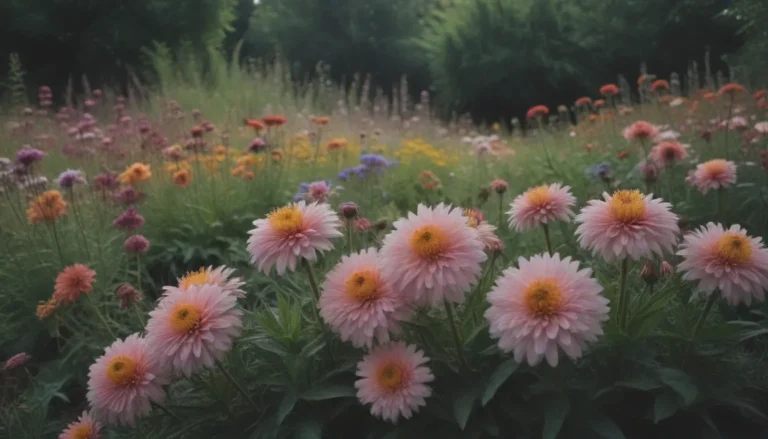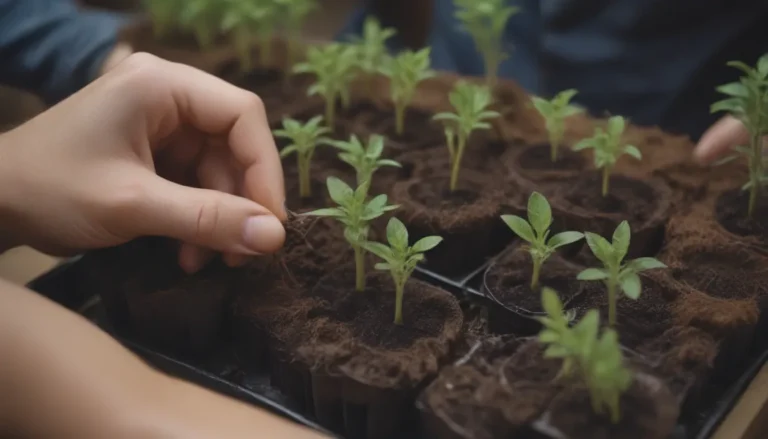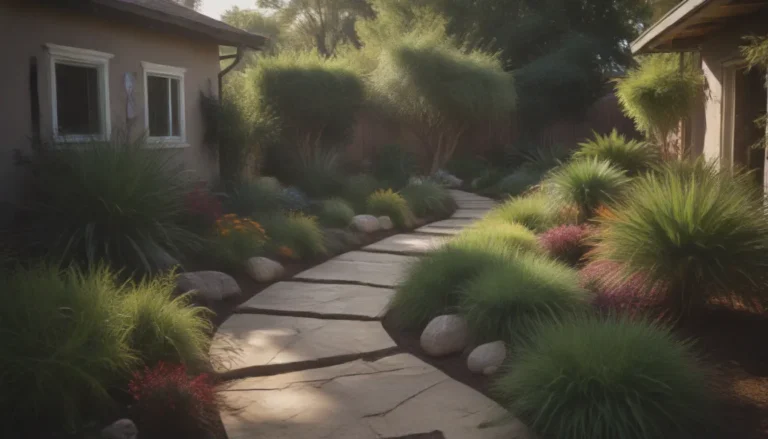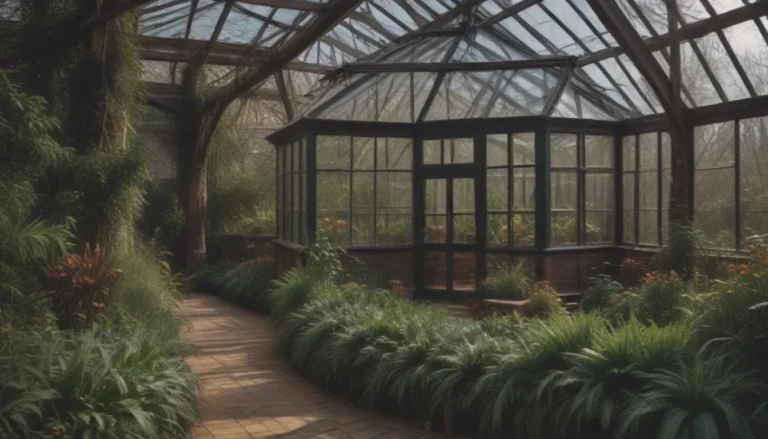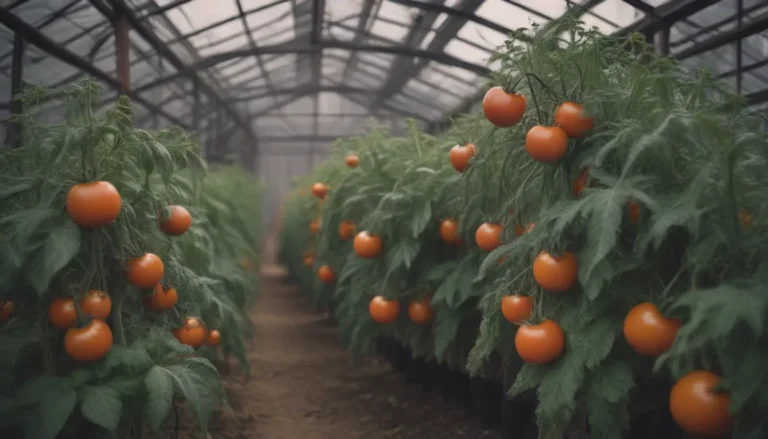How to Successfully Manage and Prevent Brown Spots on Leaves
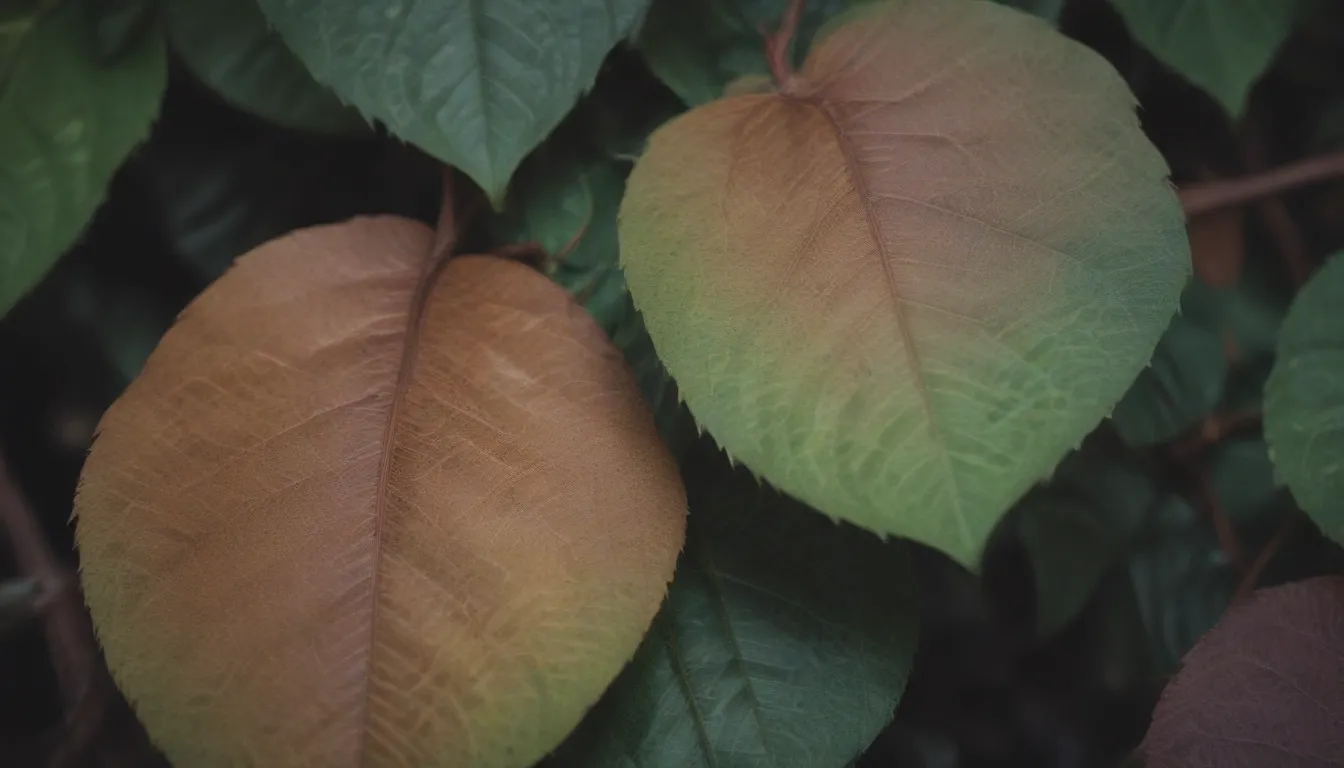
Are you a plant enthusiast who’s been dealing with unsightly brown spots on your lovely leaves? You’re not alone! Leaf spot diseases can be a common issue for trees and shrubs, especially in ornamental horticulture. But fear not, there are ways to effectively manage and prevent these pesky problems to keep your plants looking healthy and vibrant.
Understanding Brown Spots on Leaves
So, what exactly are these brown spots on leaves? Brown spots are typically caused by fungal diseases known as leaf spot diseases. Plants that receive too much water or lack proper airflow and sunlight are more prone to developing these spots due to moist conditions. While they are commonly referred to as leaf spot diseases, there are various conditions that lead to brown spots on leaves. These spots can appear in different colors and shapes, ranging from black, brown, red, orange, yellow, and white.
The identifying spots can vary in shape and size, with infections often noticed on lower or inner branches. In some cases, you may even see signs of the pathogen producing spores in the center of the spots. Additionally, plants can also be affected by bacterial leaf spots, which can cause small dark brown spots with yellow circles that eventually dry up and leave holes in the leaves.
Causes of Leaf Spot Diseases
Understanding the causes of leaf spot diseases is crucial in developing an effective treatment plan. Some common causes of brown spots on leaves include:
- Garden waste piles
- Overcrowded plants
- Lack of sunlight and airflow
- Wet conditions
Common Leaf Spot Diseases to Be Aware Of
Here are some of the most common leaf spot diseases that you may encounter:
Septoria
Septoria leaf spots are round with black margins, resembling mold on the leaf surface. Infected leaves will shrivel, blacken, and eventually fall to the ground, where spores can overwinter.
Venturia
With Venturia, brown and black spots form in early spring, causing irregular leaves and weak, twisted shoots. If left untreated, Venturia infections can weaken trees and make them susceptible to other diseases.
Cedar-Apple Rust
This fungal disease can cause ornamental trees and fruit-bearing trees to appear diseased, with rust-like spots on leaves and clusters of threads on fruits and twigs during late summer.
Anthracnose
Anthracnose refers to a group of fungal diseases that cause dark spots on tree leaves. Symptoms can vary, but regular monitoring and proper care can help manage anthracnose infections.
Tips for Treating and Preventing Leaf Spot Diseases
If you’re facing significant leaf spot issues on large trees, it’s best to consult an arborist. However, there are several preventive measures and treatments that you can implement yourself to manage and prevent leaf spot diseases:
- Fungicides and fertilizers
- Proper moisture management
- Spacing and pruning
- Regular waste removal
Remember, prevention is key when it comes to keeping your plants healthy and free from leaf spot diseases. By following these tips and staying proactive in maintaining your garden, you can ensure that your trees and shrubs remain vibrant and thriving.
For more in-depth information on leaf spot diseases and how to effectively manage them, refer to resources from reputable sources such as:
- University of Minnesota Extension Office
- The Connecticut Agricultural Experiment Station
- Iowa State University
- Montana State University
With these valuable tips and resources at your disposal, you can confidently tackle leaf spot diseases and keep your plants looking their best. Happy gardening!
